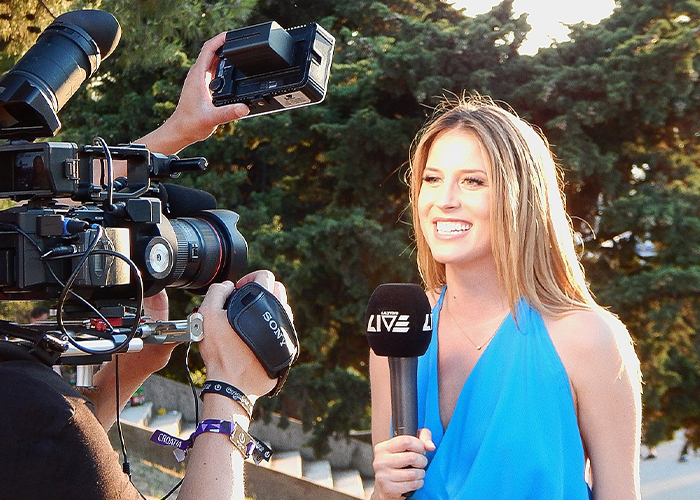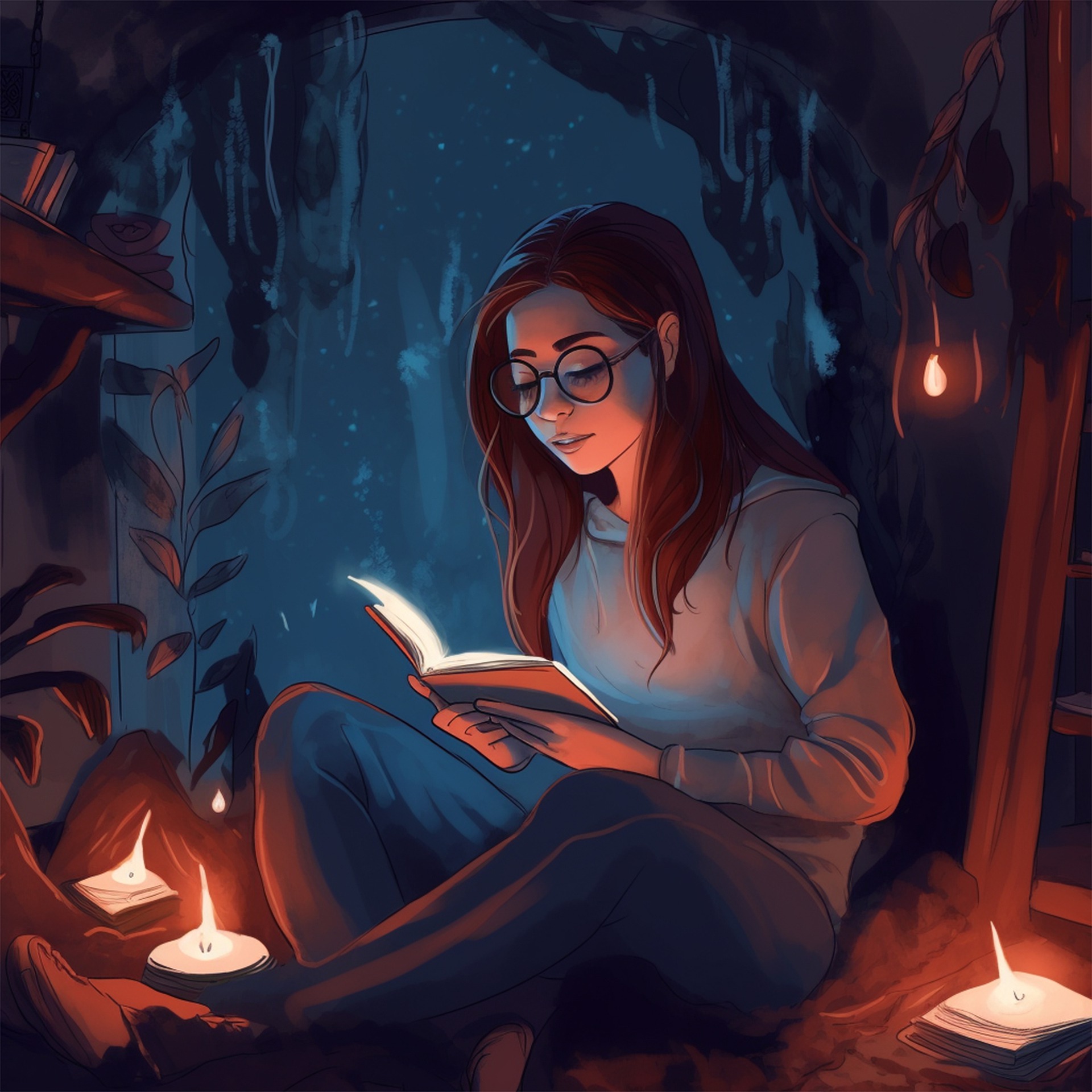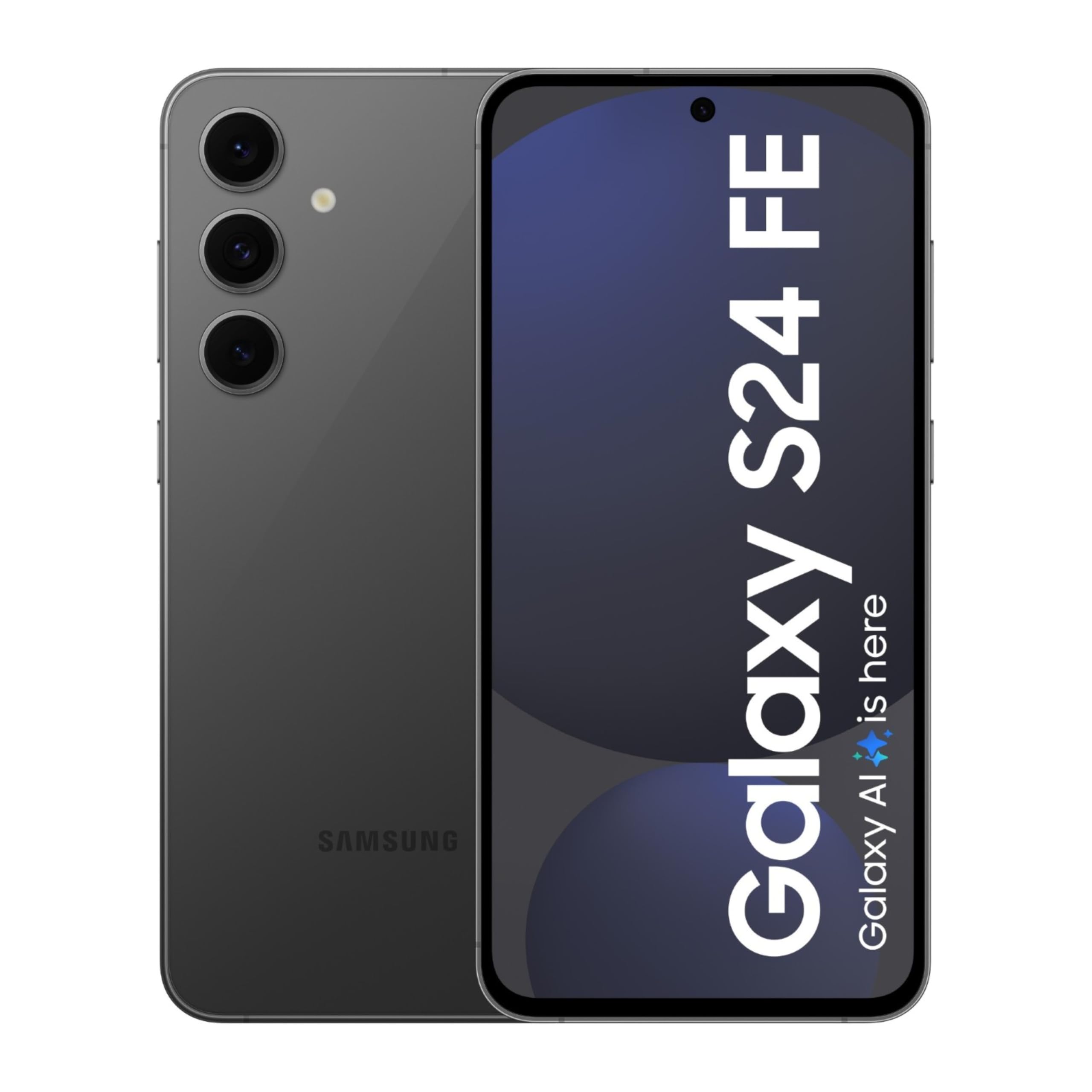Unraveling the Intricacies of AI Content Detection: Bard vs. ChatGPT vs. Claude
Unlock the secrets of AI content detection with our in-depth analysis of Bard, ChatGPT, and Claude. Explore surprising findings on self-detection capabilities, the challenges of identifying AI-generated content, and the unique characteristics of each model. Delve into the world of artificial intelligence and stay ahead of the curve.
AI Content Detection
Introduction: AI content detection
In the ever-evolving landscape of artificial intelligence, researchers from the Department of Computer Science, Lyle School of Engineering at Southern Methodist University conducted a groundbreaking study on AI content detection. This study delves into the capabilities of three prominent AI models: Bard, ChatGPT, and Claude, revealing surprising insights into their self-detection abilities and the challenges of identifying AI-generated content.
Understanding AI Content Detection: AI content detection
AI content detectors typically identify artifacts, unique signals generated by the underlying transformer technology in AI models. These artifacts differ between models due to distinct training data and fine-tuning. The study emphasizes the importance of self-detection, where an AI model detects its own artifacts, presenting a potential advantage over detecting content generated by other AI models.
The Three AI Models: AI content detection
1. **ChatGPT-3.5 by OpenAI**
2. **Bard by Google**
3. **Claude by Anthropic**
Methodology: AI content detection
The researchers created a dataset with fifty different topics and prompted each AI model to generate 250-word essays on each topic. The models were then prompted to paraphrase their original content. The study utilized zero-shot prompting, a technique leveraging the models' ability to perform tasks for which they haven't specifically trained.
Results: Self-Detection
- Bard and ChatGPT exhibited a relatively higher accuracy in self-detecting their own original content.
- Claude's content proved challenging to detect, even by itself, indicating fewer detectable artifacts.
- ZeroGPT, an AI detection tool, struggled to detect content generated by Claude, showcasing its high quality with minimal artifacts.
Results: Self-Detecting Paraphrased Content
- Bard performed well in self-detecting paraphrased content.
- ChatGPT struggled to self-detect paraphrased content, hinting at differences in prompts.
- Claude, unexpectedly, excelled in self-detecting paraphrased content, contrasting its inability to detect original essays.
Results: AI Models Detecting Each Other's Content
- Bard-generated content was the easiest for other models to detect.
- Claude struggled to detect content generated by both Bard and ChatGPT.
- ChatGPT performed better in detecting Claude's content compared to Bard.
Conclusion and Takeaways: AI content detection
Detecting AI-generated content remains a complex task, with each model exhibiting unique challenges. Bard excels at self-detection, while ChatGPT faces difficulties in identifying its paraphrased content. Claude's standout feature is its ability to generate content with minimal detectable artifacts, presenting a paradox as it struggles to self-detect. The study suggests further exploration into self-detection, emphasizing the need for larger datasets, diverse AI-generated text, additional models, and comparisons with various AI detectors. The intricacies of prompt engineering also warrant deeper investigation for a comprehensive understanding of AI content detection.
FAQ: AI content detection
1. How do AI models self-detect their generated content?
- AI models can self-detect by leveraging the same training and datasets, enabling them to recognize their own content. This study explores the effectiveness of self-detection among three AI models: Bard, ChatGPT, and Claude.
2. What are artifacts in AI-generated content?
- Artifacts are telltale signals of AI-generated content, arising from the underlying transformer technology. They are unique to each AI model, reflecting differences in training data and fine-tuning.
3. Which AI model performed better in self-detection?
- Bard and ChatGPT showed relatively higher accuracy in self-detecting their own original content. Claude, on the other hand, struggled to self-detect its content, indicating a potential difference in artifact generation.
4. How was the study conducted?
- The study involved three AI models—ChatGPT-3.5, Bard, and Claude. Each model was prompted to generate essays on fifty topics, including original and paraphrased content. Zero-shot prompting was used for self-detection.
5. What is self-detection in AI content generation?
- Self-detection involves using the generative AI model itself to recognize its own artifacts and distinguish its generated text from human-written text. This approach provides advantages in a continuously evolving landscape of AI models.
6. Were there differences in detecting paraphrased content?
- Yes, the study found variations in self-detection of paraphrased content. While Bard and ChatGPT had similar rates, Claude, surprisingly, could self-detect paraphrased content despite struggling with original content.
7. What are the implications of the study on AI content detection?
- The study highlights the complexity of detecting AI-generated content and suggests that self-detection could be a promising area for further research. Differences in artifact generation among AI models pose challenges for universal detection tools.
Written By: Muktar























